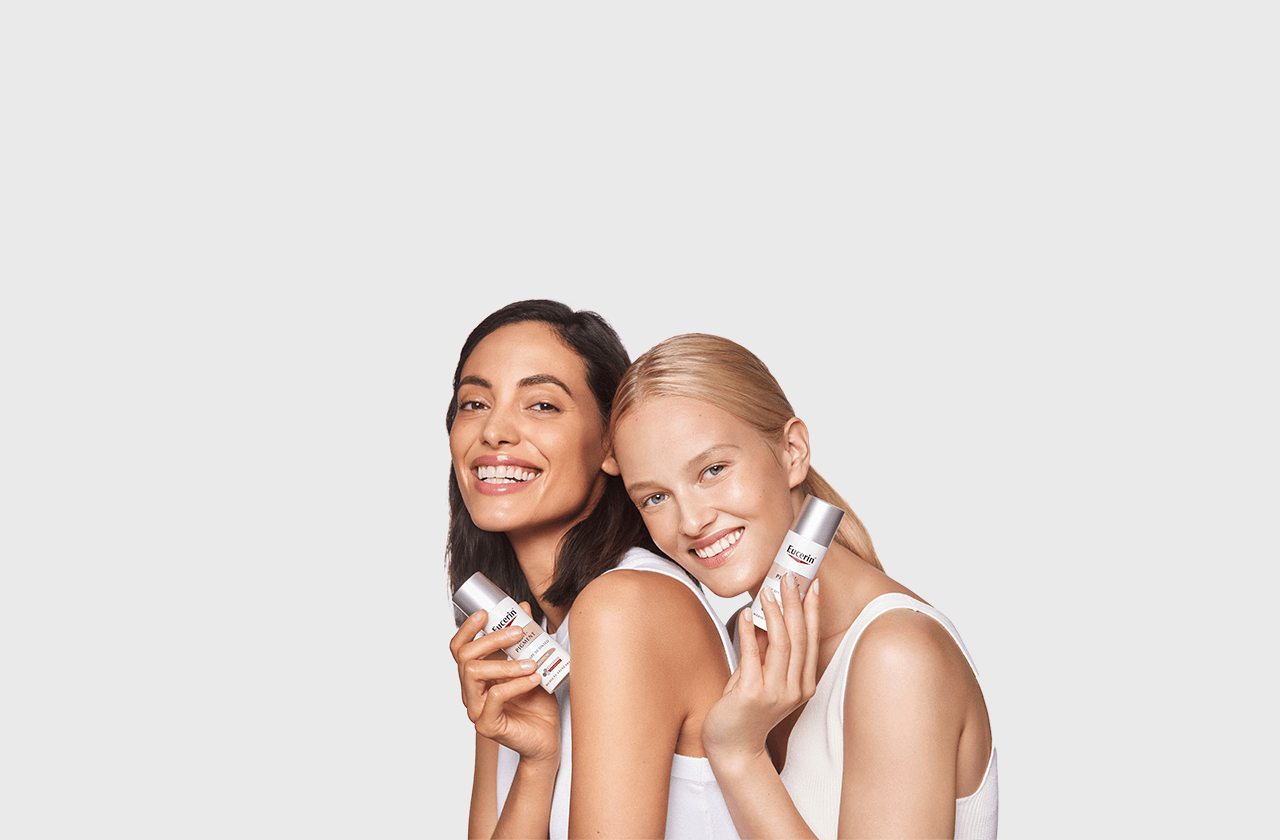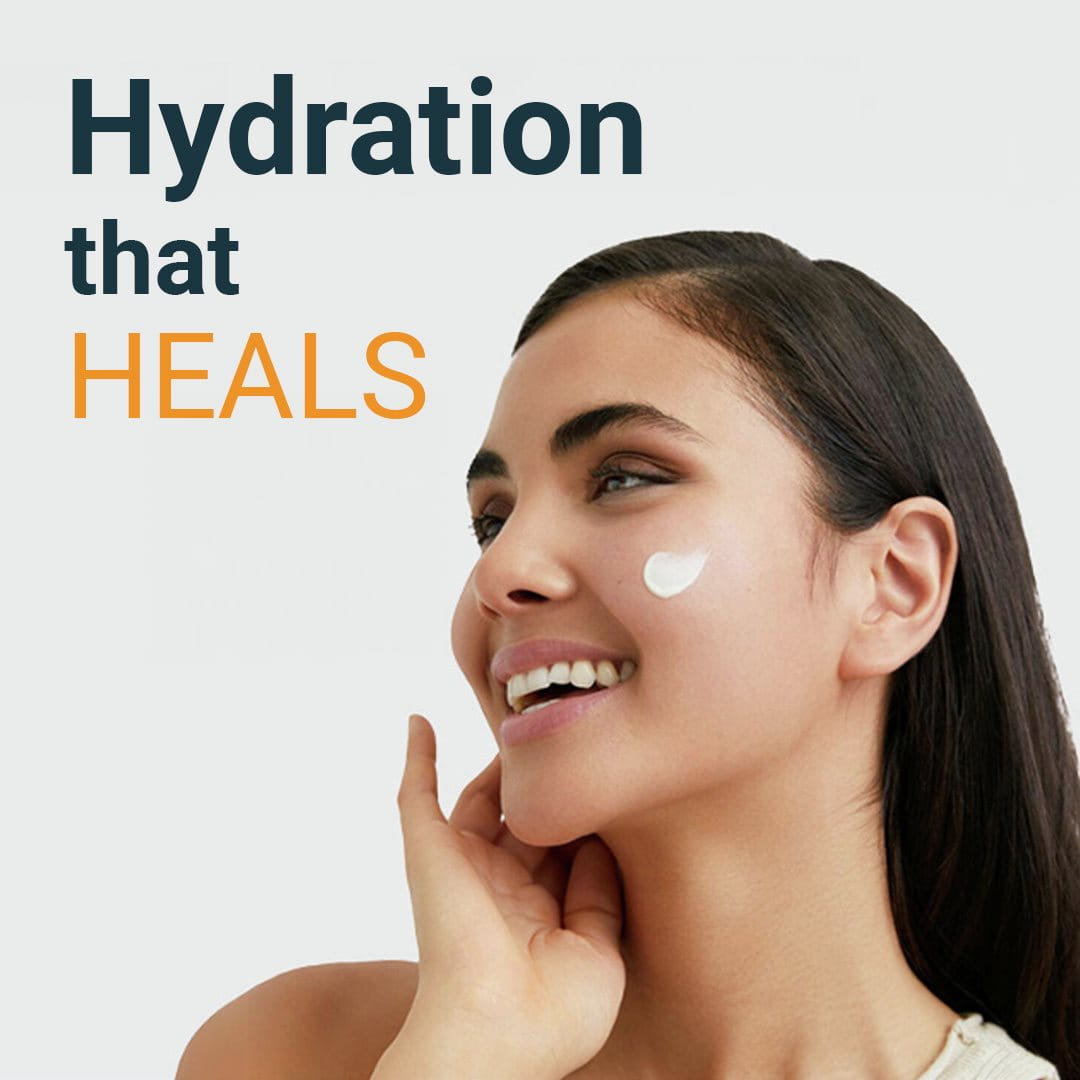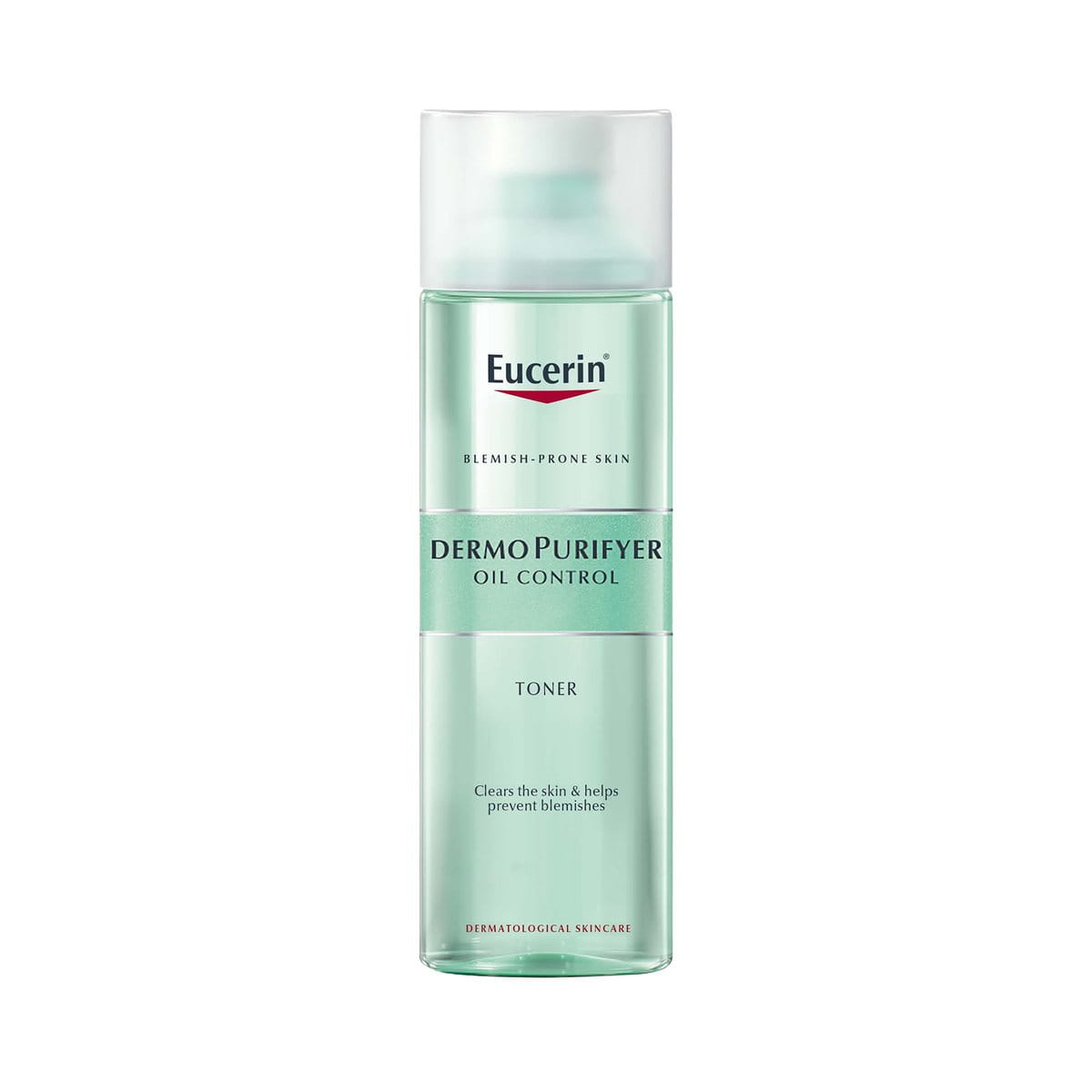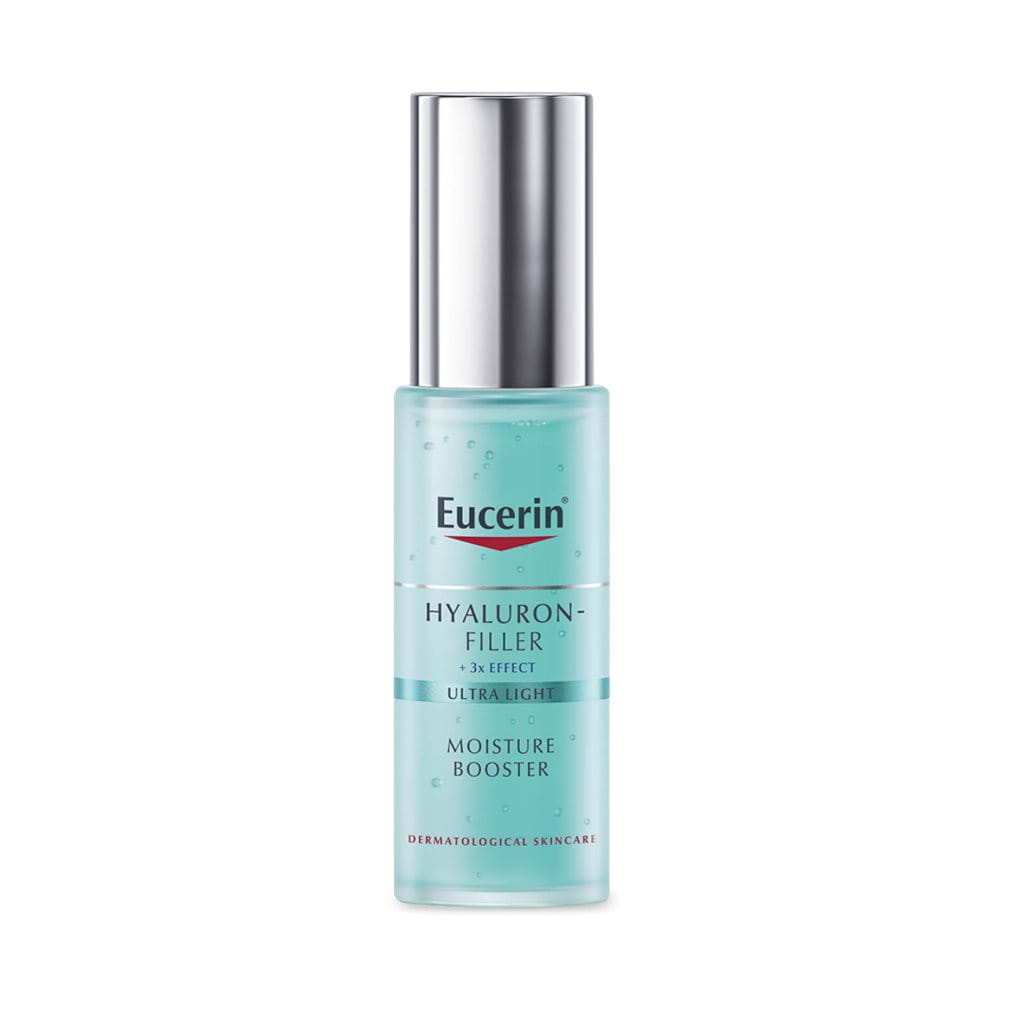Your skin cannot function well without optimum hydration. Your skin barrier, oil production, glow, and texture all depend on how well you practice skin hydration. The goal is to find and layer the right products seamlessly into your regimen. So, if you’re looking for how to keep skin hydrated or finding the skin hydrating ingredients, it’s time to dive right in.
Keynotes:
- Skin hydration agents like hyaluronic acid, glycerin, and panthenol help draw moisture into the skin, supporting a strong, healthy barrier.
- Hydrating skincare ingredients work best when layered correctly, from light to heavy, and applied on damp skin.
- Learning how to keep your skin hydrated improves texture, reduces sensitivity, and leaves skin plump and glowing.





